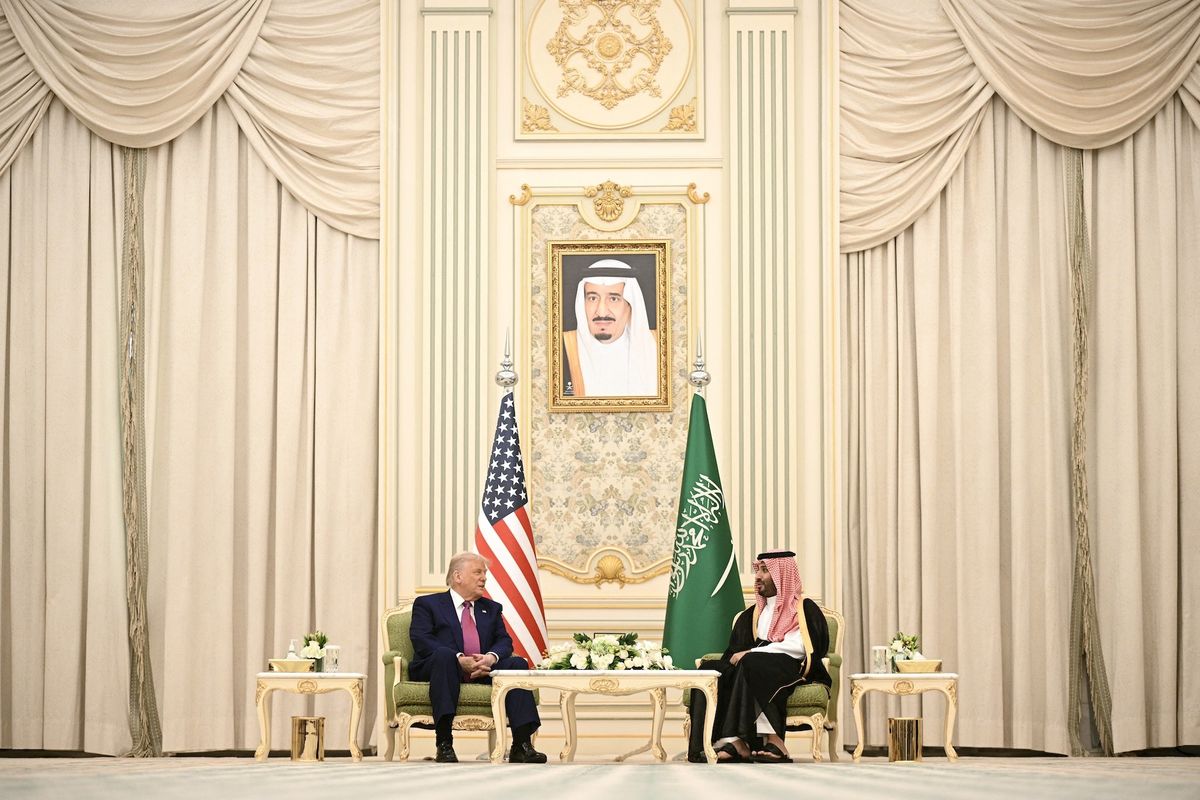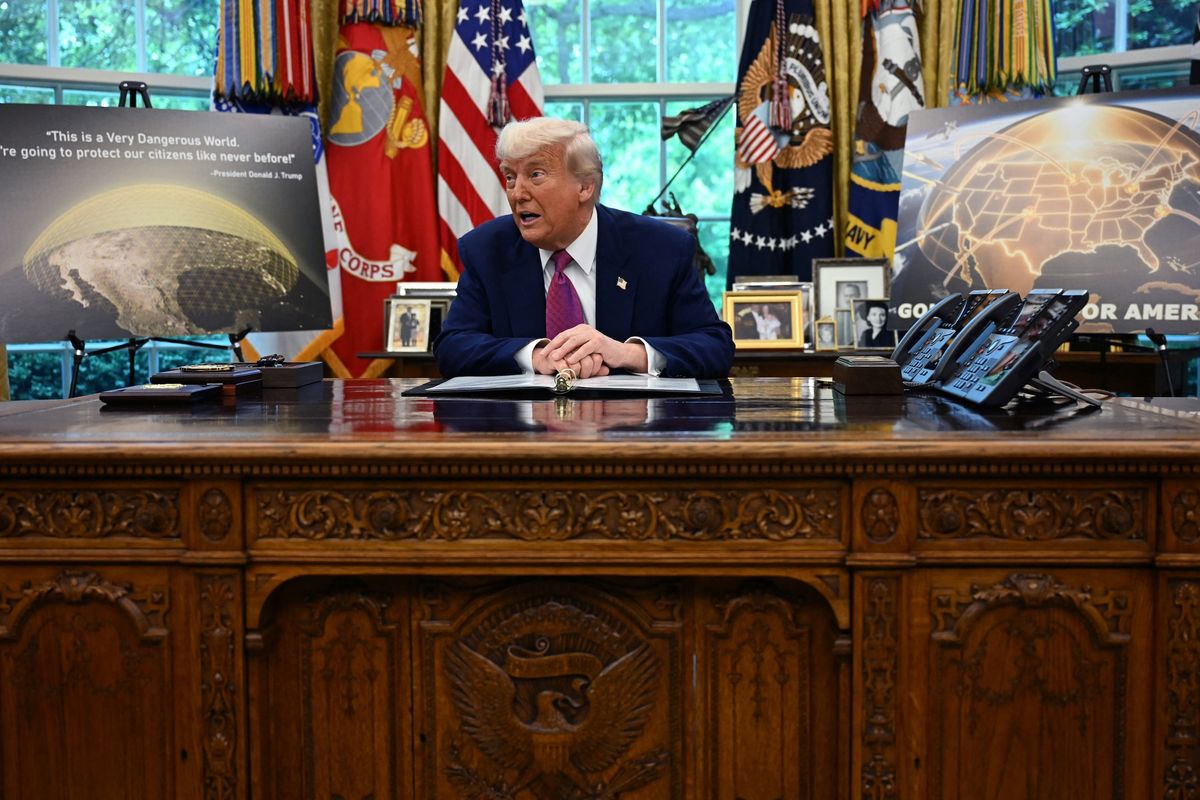Last week, the U.S. nearly launched retaliatory attacks against Iran for the shooting down of a U.S. military drone that was operating in the region. While the Trump Administration has been casting some doubt in recent days as to whether the downing of the aircraft was authorized at the highest levels in Iran, the incident highlights the use of unmanned aerial vehicles in conflict zones and just how quickly incidents involving drones can lead to escalation. And it’s not just the military that is affected by this fast-developing technology that’s giving a lot more power to the person holding the controls.
Singapore’s Changi airport was forced to close multiple runways recently after unauthorized drones were spotted operating nearby.
On May 14th, Saudi Arabia was forced to halt pumping on a major oil pipeline, after the pipeline was attacked using armed drones. Houthis operating in Yemen and supported via Iranian arms and training, claimed responsibility for that attack.
In January of this year, flights at London’s Heathrow Airport were temporarily halted after a drone was spotted operating in the vicinity.
The threat of drones is prolific, from the military's reliance on them, to an adversary’s ability to easily create panic and disrupt society, to their use by Nation States looking to further regional interests via proxy groups, as Iran is often accused of doing.
Background:
- Unmanned aerial vehicles - or drones - are unpiloted aircraft that can be controlled remotely or through software-controlled flight plans. Drones range from small handheld devices to much larger aircraft that have the capability of launching missiles.
- Civilians must register privately-owned drones with the Federal Aviation Administration, which classifies them as toys. Businesses must apply for a license to use drones for commercial purposes. Several businesses currently are interested in using drones as a delivery platform, for land surveying, and to help bring internet and cell service to rural areas.
- The military’s use of drones has increased rapidly over the last two decades. Drones can assist with reconnaissance, force protection, and search and rescue missions as well as provide real-time viewing into combat missions. Drones also can be weaponized and used to carry out missile or bomb attacks without risking the lives of soldiers.
- Dozens of countries are producing or buying drones and drone technology to strengthen their military capabilities. The United States and China have the most advanced drone capabilities, followed by Iran, Russia, and Israel.
- Drones also are increasingly being used by terrorists, militants, and other nefarious actors, since small non-military drones are easy to acquire and weaponize. There was an assassination attempt against Venezuelan President Nicolas Maduro using a small retail drone loaded with explosives in August 2018. Militants in Syria also have used drones for both offensive and defensive purposes since the beginning of the Syrian conflict.
- Earlier this year, video surfaced of what appeared to be a Russia-developed drone armed with a shotgun intended to take down other drones.
- Drones also have been used to disrupt the air transport industry. Air traffic at airports in London, Newark, and Dubai has been halted in recent months due to drone sightings near the runways.
- As drone technology improves, the potential threats that they pose increase. For example, China has successfully tested a swarm of one thousand drones, in which the vehicles share information and make autonomous decisions. S. authorities have expressed concerns over China’s ability to using drone swarms against U.S. interests. Drone swarms also could be used to identify and eliminate air defenses or serve as missile defense systems.
- The appeal of drones, especially smaller ones, is that they do not always appear on radar, are hard to see, and are hard to take down with conventional weapons. As a result, the United States and China are both working on anti-drone weapon technology.
Given their widespread use on multiple levels, The Cipher Brief asked three experts, a former Secretary of the Air Force, a former senior member of the British Foreign Office, and a Senior Strategist for New America, for their thoughts on just how prepared the U.S. and its allies are in defending against drone-driven attacks and how we should be thinking about advancements in drone technology when it comes to national security.
The Cipher Brief asked expert Nick Fishwick, Former Senior Member of the British Foreign Office, about the fear of drone technology changing the tactics for terrorists.
“One of the things that worries me about terrorism is that people tend to see terrorism as a bad, but essential, tactical threat,” says Fishwick. “They refer to the fact that in the UK, we had no successful terrorist attacks in 2018, there were a few bad ones in 2017. But the total number of people killed was in the double-figures. So, people tend to talk about terrorism as a tactical rather than strategic threat. The concern is if terrorists can easily get ahold of technologies that enable them to successfully attack more targets at relatively little cost in terms of money, or training, or manpower, then, they can start not only killing more people, but do what it is that terrorists do, which is terrorize people and reduce a country to a state of fear so that they never feel completely safe.”
Nick Fishwick, Former Senior Member, British Foreign Office
"My fear is that as drone technology gets simpler, and as access to drones gets easier, then the potential benefits for terrorists will increase. Not such that we'll see a crisis within the next couple of years, but it will provide a significantly stronger series of options for terrorists."
“In Britain, we have a very closely integrated counter terrorism strategy,” says Fishwick. “We've had that for many years, right back to when I was in government, and well before then. The point about that strategy, which has generally worked very well, is that it's agreed jointly by a number of different departments and capabilities. So that counter terrorism strategy is shared by the military, it's shared by the Ministry of Defense, it's shared by MI5, it's shared by the police, Home Office, and many other departments. So basically, a military response to a terrorism threat from drones, or anything else, will be carefully coordinated with MI5, and with other departments, and the police. State actors are generally pretty careful to avoid attributable acts and they like to act non-attributably, or through the use of proxies. Drones are clearly another tool for unattributable, deniable, or proxy attacks.”
The Cipher Brief spoke with Deborah Lee James, Former Secretary of the Air Force, about the future of drone-fare and how the U.S. military should be prioritizing efforts and resources as they relate to drones on the battlefield.
“Drones - or as we would call them in the Air Force, remotely piloted aircraft - are becoming more and more ubiquitous,” James told us. “There are more different types and they're proliferating around the world, and they do run the gamut from some of the high-end examples that we have in our U.S. Air Force inventory all the way down to a small commercial drone that could have something attached to it, and could be used for a destructive purpose."
Deborah Lee James, Former Secretary of the Air Force
"They are here to stay and, indeed, what they are about, they are about so-called unmanned systems, but also a certain degree increasingly of autonomy. And unmanned systems and autonomy, these are two of the 5 to 10 key technology areas where back during my tenure we had the, so-called, third offset strategy."
“Nowadays, the strategy is carrying forth and we need to invest in some of these newer technologies because the combination of those technologies combined with new concepts of operations, and the fantastic people in our Armed Forces, will be the next revolution in warfare,” says James. “Just as nuclear weapons were at one point, and just as the combination of space and stealth and precision strike were at the time, say, of the Gulf War. Nuclear is considered the first offset the combination of things, the precision of stealth et cetera, space that was the second offset. We're looking for the third offset. I think you're going to see continued ongoing investments in this arena, and refinements of concepts of operations, and additional use across the world.”
The Cipher Brief also spoke with Peter Singer, Strategist and Senior Fellow, New America about the future of drone use and how technological advancements when it comes to the use of drones, will impact the future of war.
“I talk about this often with military audiences, how we need to widen our concept of the systems beyond how the U.S. initially used them and envisioned them,” says Singer. “To put it in broader terms, essentially you have two future pathways of not just unmanned aerial systems but robotics overall. You have one type that essentially has centralized intelligence and mimics the human task of some kind of manned platform. As a result, they tend to be similar in size, shape, and form as the manned platform that they are replacing. That's been very much our vision of remotely piloted aircraft, unmanned aerial systems, drones, whatever you want to call them. They are very familiar in size, shape, form, to the planes that they're replacing. You can see this very clearly with everything from current platforms like Global Hawk or Reaper to what's looming with MQ-25.”
Peter Singer, Strategist and Senior Fellow, New America
"You have though, a second direction which is akin to nature and how insects operate. Each little individual is not all that smart, but together they can perform very complex tasks. It's a form of decentralized intelligence, breaking the task down into smaller parts, with the overall network or swarm able to operate together."
“Again, we can see that on the civilian side with how, for example you might be doing delivery with a robotic 18-wheeler truck or you might be doing it with a single small drone,” Singer adds. “It’s the same thing if we're thinking about the military application, whether it's ISR or strike or logistics. You might have these physically large systems, but you might also have a swarm of physically smaller ones. Of course, that opens up entire new visions of everything from how they operate to how you defend against them.”
Read more from Singer in The Advance of Deadly Drone Technology and don’t miss Who Should Give the Kill Command? only in The Cipher Brief…
Join The Cipher Brief March 22-24, 2020 for in-person briefings with a number of Cipher Brief experts on global and national security issues. Request your seat at the table today for The Cipher Brief’s Annual Threat Conference in Sea Island, GA.















